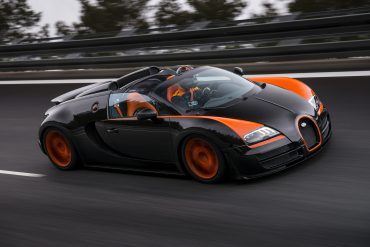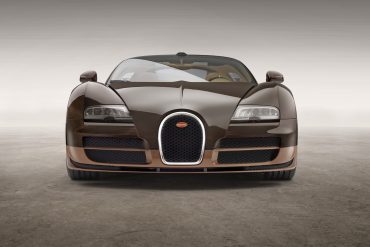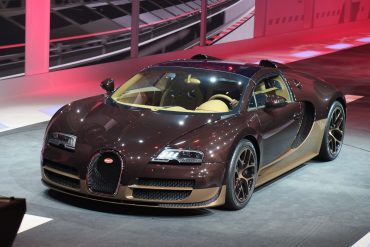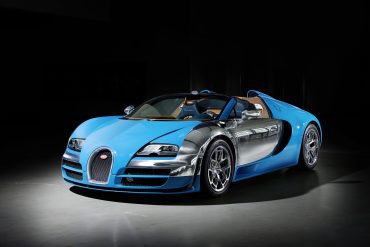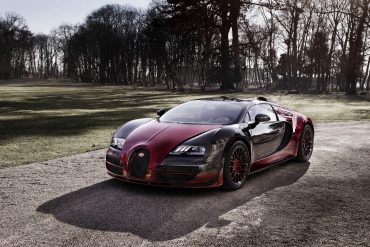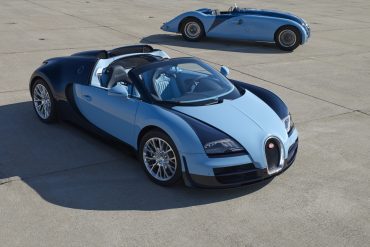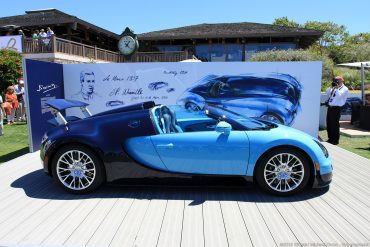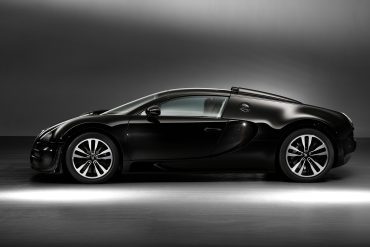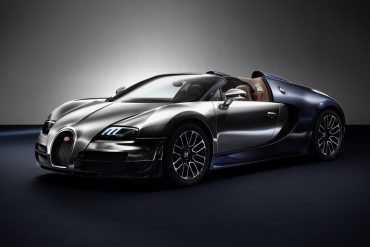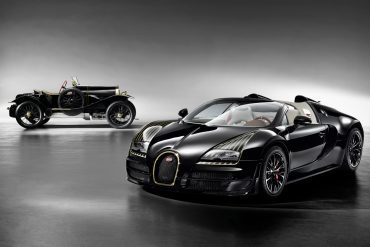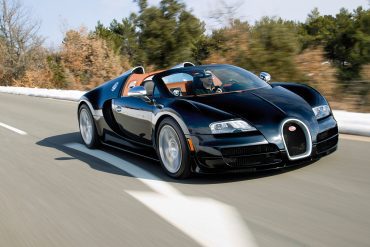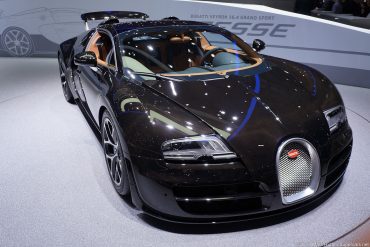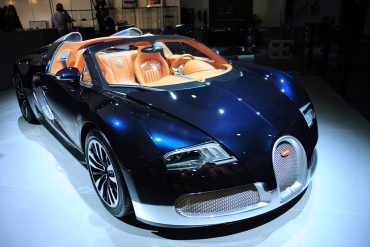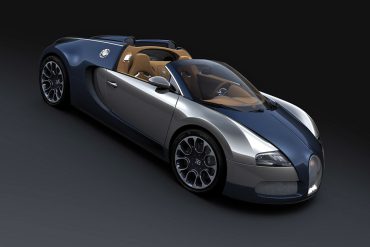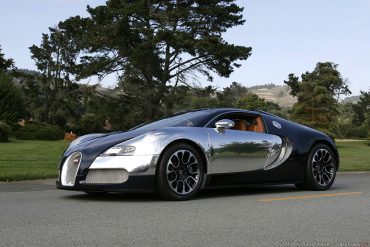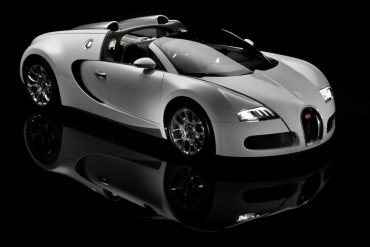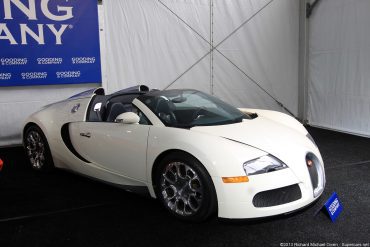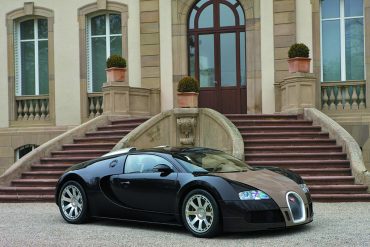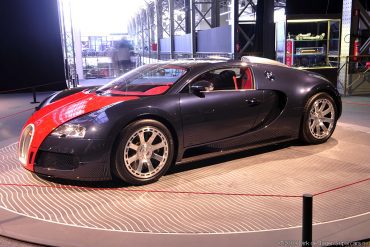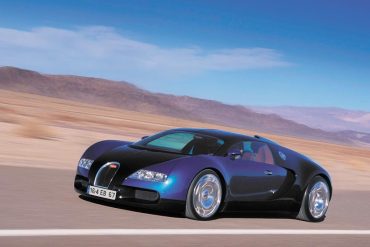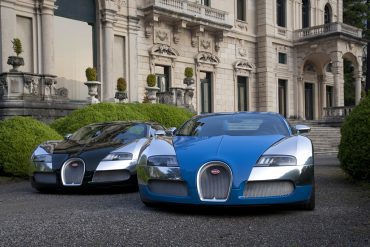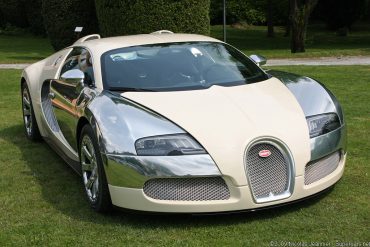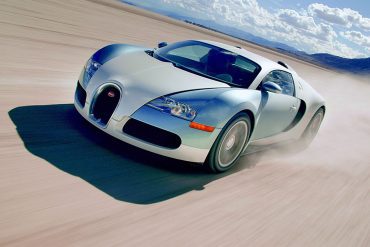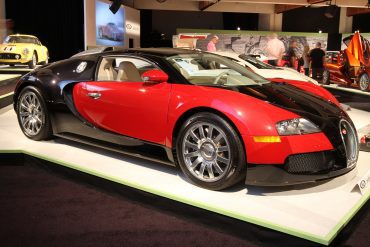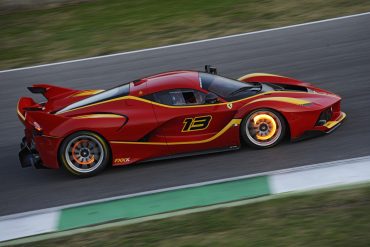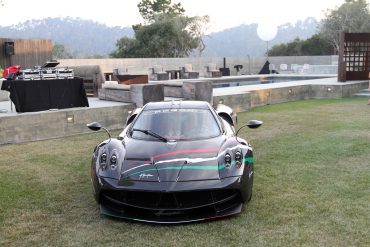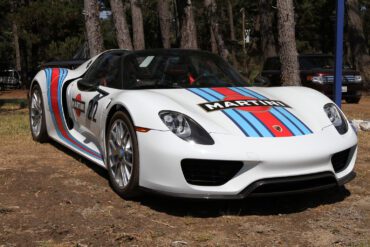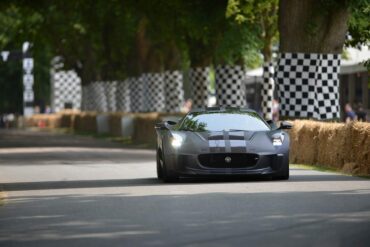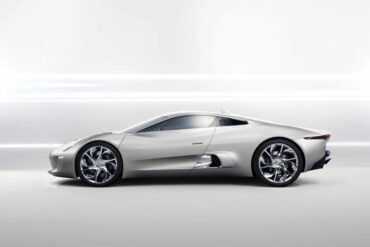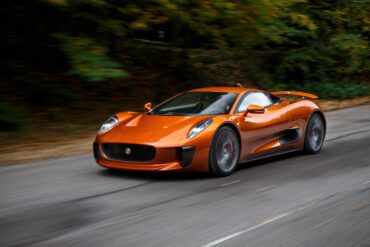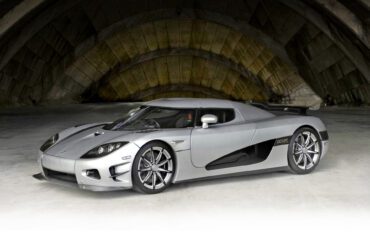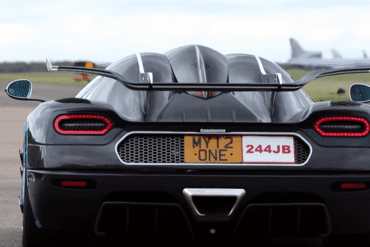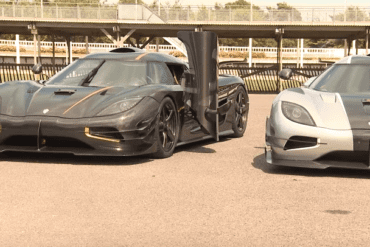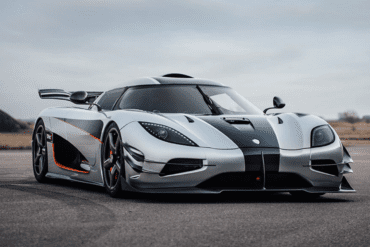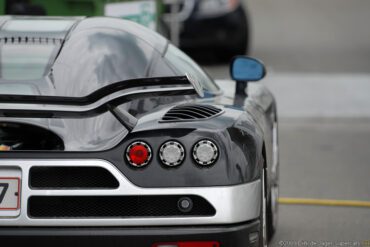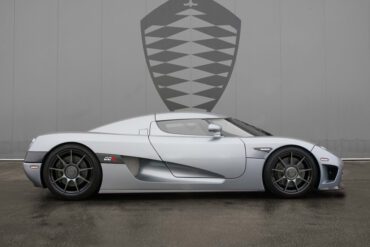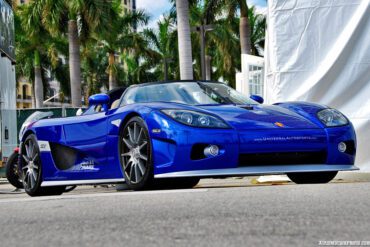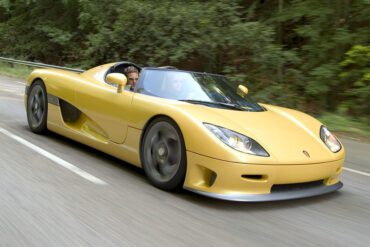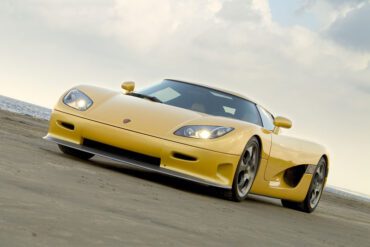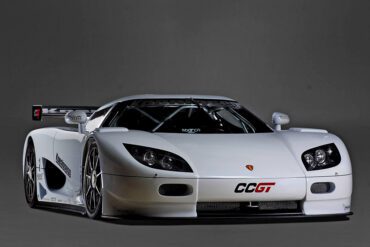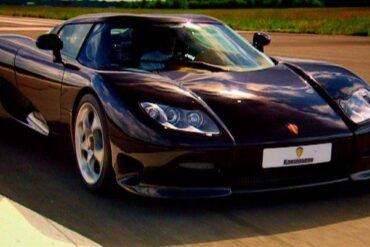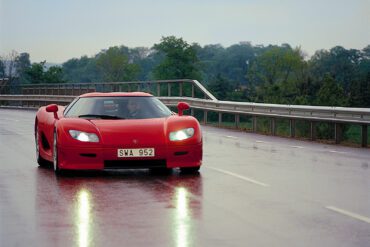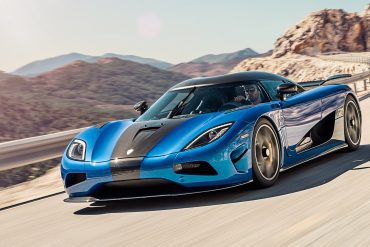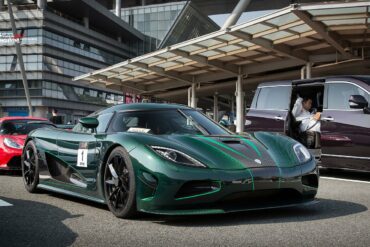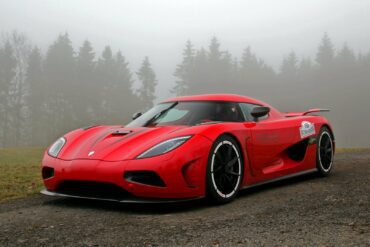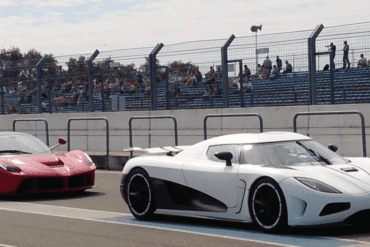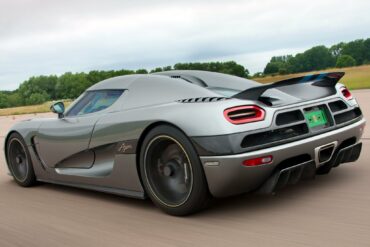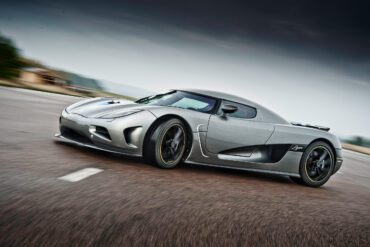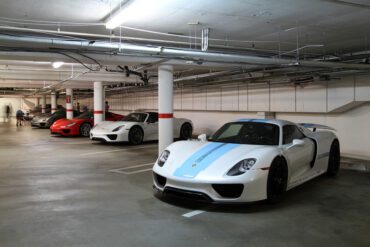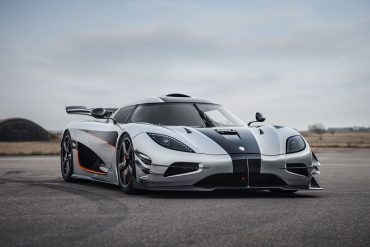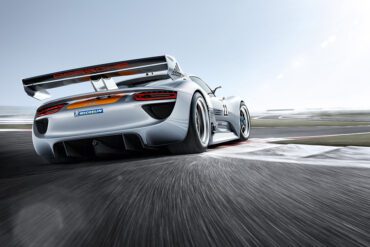2013 Bugatti 16/4 Veyron Grand Sport Vitesse WRC Edition Wolfsburg/Molsheim, 11 April 2013 – The world’s fastest roadster is a...
2014 Bugatti 16/4 Veyron Grand Sport Vitesse ‘Rembrandt Bugatti’ Bugatti is continuing its six-part edition series, “Les Légendes de Bugatti”,...
2014 Bugatti 16/4 Veyron Grand Sport Vitesse ‘Rembrandt Bugatti’ Gallery...
2013 Bugatti 16/4 Veyron Grand Sport Vitesse ‘Meo Costantini’ Molsheim / Dubai, 5 November 2013. Bugatti is presenting the third...
2015 Bugatti 16/4 Veyron Grand Sport Vitesse ‘La Finale’ The 450th Veyron: Grand Sport Vitesse “La Finale” The last of...
2013 Bugatti 16/4 Veyron Grand Sport Vitesse ‘Jean-Pierre Wimille’ Molsheim, 24 th July 2013 – Bugatti, a brand with a...
2013 Bugatti 16/4 Veyron Grand Sport Vitesse ‘Jean-Pierre Wimille’ Gallery ...
2013 Bugatti 16/4 Veyron Grand Sport Vitesse ‘Jean Bugatti’ Molsheim / Frankfurt, 9 September 2013. Following the successful launch of...
2014 Bugatti 16/4 Veyron Grand Sport Vitesse ‘Ettore Bugatti’ As part of the Monterey Car Week (11 – 17 August),Bugatti...
2014 Bugatti 16/4 Veyron Grand Sport Vitesse ‘Black Bess’ Molsheim, 10 April 2014. With its fifth model in the six-part...
2012 Bugatti 16/4 Veyron Grand Sport Vitesse The Vitesse is a roadster version of the Bugatti Super Sport with the...
2012 Bugatti 16/4 Veyron Grand Sport Vitesse Gallery ...
2009 Bugatti 16/4 Veyron Grand Sport ‘Soleil de Nuit’ Bugatti honours the importance of the Middle East market with 2...
2009 Bugatti 16/4 Veyron Grand Sport ‘Sang Bleu’ The « Sang Bleu » to honour the 100th anniversary of the...
2009 Bugatti 16/4 Veyron Grand Sport ‘Sang Bleu’ Gallery ...
2009 Bugatti 16/4 Veyron Grand Sport In Summer 2008, as a response to customer request, Bugatti is introducing a new...
2009 Bugatti 16/4 Veyron Grand Sport Gallery ...
2008 Bugatti 16/4 Veyron Fbg par Hermès On the occasion of the 78th Geneva Motor Show (from 6 to 16...
2008 Bugatti 16/4 Veyron Fbg par Hermès Gallery...
2001 Bugatti 16/4 Veyron Concept A lot has changed since bugatti went bankrupt in 1995. Now, with help from Volkswagen...
2009 Bugatti 16/4 Veyron Centenaire Edition Molsheim/Cernobbio on 26 April 2009 – In a further highlight on this year’s agenda...
2009 Bugatti 16/4 Veyron Centenaire Edition Gallery ...
2006 Bugatti 16/4 Veyron September 3rd 2005, Monterey, California – After years of applause, celebration, doubt, then ridicule, the first...
2015 Ferrari FXX K Maranello, 2 December 2014 – Ferrari’s new FXX K research and development program receives its world...
As if the Monterey Car Week wasn’t already overloaded, Pagani used the occasion to host Pagani Raduno which was a...
Porsche 918 Pictures With the Rennsport Reunion taking place in Monterey this upcoming weekend, we thought it was prudent to...
2013 Jaguar C-X75 Prototype Following the highly successful introduction of the C-X75 supercar to the media for test evaluation in...
2010 Jaguar C-X75 Jaguar has revealed a stunning range-extended electric supercar concept car. The C-X75 has been designed to celebrate...
2010 Jaguar C-X75 Gallery The C-X75 concept is both a celebration of 75 years of iconic Jaguar design and a...
The CCXR Trevita is a limited edition of the Koenigsegg CCXR featuring a diamond weave carbon fibre finish. Trevita is an abbreviation in Swedish and translates into "three whites"
Koenigsegg One:1 – Launch Control and Flybys An absolutely breathtaking Koenigsegg One:1 attended Hypermax by Vmax 200 and Auto Vivendi,...
Koenigsegg Agera One:1 Driven on Track Koenigsegg Agera One:1 driven on track – first drive at Goodwood. Incredible first drive...
2014 Koenigsegg One:1 Image Gallery The One:1 name comes from the power (1361 PS) to weight (1361 kg) ratio and...
For the 2014 Geneva Motor Show, Koenigsegg created the one:1 based on the Agera platform. Seven examples, including one prototype, were built during 2014 and 2015.
The CCXR featured a highly modified CCX engine that ran on E85 as well as normal petrol in any mixture thanks to an advanced and Koenigsegg developed flex fuel system. When running the CCXR on petrol, the 4.7 liter twin-supercharged Koenigsegg engine delivers 806 Bhp.
The CCX began with the aim of making a global car that could be sold in the U.S. It ended up becoming a platform for many years to come. The CCX was the third generation car from Koenigsegg.
2006 Koenigsegg CCX Gallery The CCX was the third generation car from Koenigsegg. It was the first Koenigsegg that was...
The CCR was an evolution of the CC8S and was produced between 2004 and 2006. The CCR firmly broke the Guinness world record for fastest production car with a top speed of 388 km/h. This is the car that firmly put Koenigsegg on the map.
2004 Koenigsegg CCR Gallery The CCR was an evolution of the CC8S, produced between 2004 and 2006. The CCR was...
Koenigsegg created a race car - the CCGT, based on the production CC-model range. The CCGT complies with the ACO and FIA GT1 regulations. The CCGT came about as side project for Christian and the engineers at Koenigsegg.
Koenigsegg CC8S Review – Top Gear From the nation that gave us some of the safest cars on the roads...
The CC8S was the first ever production car from Koenigsegg. Despite being produced in just six examples, the CC8S won multiple awards, including the Guinness World Record for most powerful production engine.
The Agera S was created for markets which do not have E85 fuel. It is basically an Agera R apart from the flexfuel capability. Koenigsegg has managed get 1100 nm torque and a full 1030 hp on 98 octane RON.
2013 Koenigsegg Agera S Image Gallery The Agera S was introduced in 2012 and was built in 5 examples until...
The Koenigsegg Agera R was produced between 2011 and 2014. The Agera R, based on the Agera, followed in the footsteps of the CCXR as it also runs on biofuel.
The Koenigsegg Agera R was built on top of the original Agera, making it better, faster and even crazier. Enhancements included: visible carbon...
During Hypermax, the Ferrari LaFerrari and Koenigsegg Agera go head to head on the drag strip! The Italian boasts 950hp,...
The Koenigsegg Agera R is an exclusive hypercar born from the mind of Christian von Koenigsegg, a Swedish entrepreneur who...
The Koenigsegg Agera was the successor to the CCX/CCXR. The name comes from the Swedish verb 'agera' which means "to act". It was named Hypercar of the Year in 2010 by Top Gear magazine.
Koenigsegg Agera R vs Porsche 918 Spyder Weissach Package 50-320+ km/h...
Gorgeous Porsche 918 Spotting at #carweek2015 With the Rennsport Reunion taking place in Monterey this upcoming weekend, we thought it...
Top 10 Supercars Of 2014 – The Coolest, Best & Most Exciting Cars In The World This Year Another year...
Porsche’s 918 RSR Opens NAIAS At 6:30 this morning, Porsche unveiled the Porsche 918 RSR ‘Racing Lab’ as the first...
No More Content


